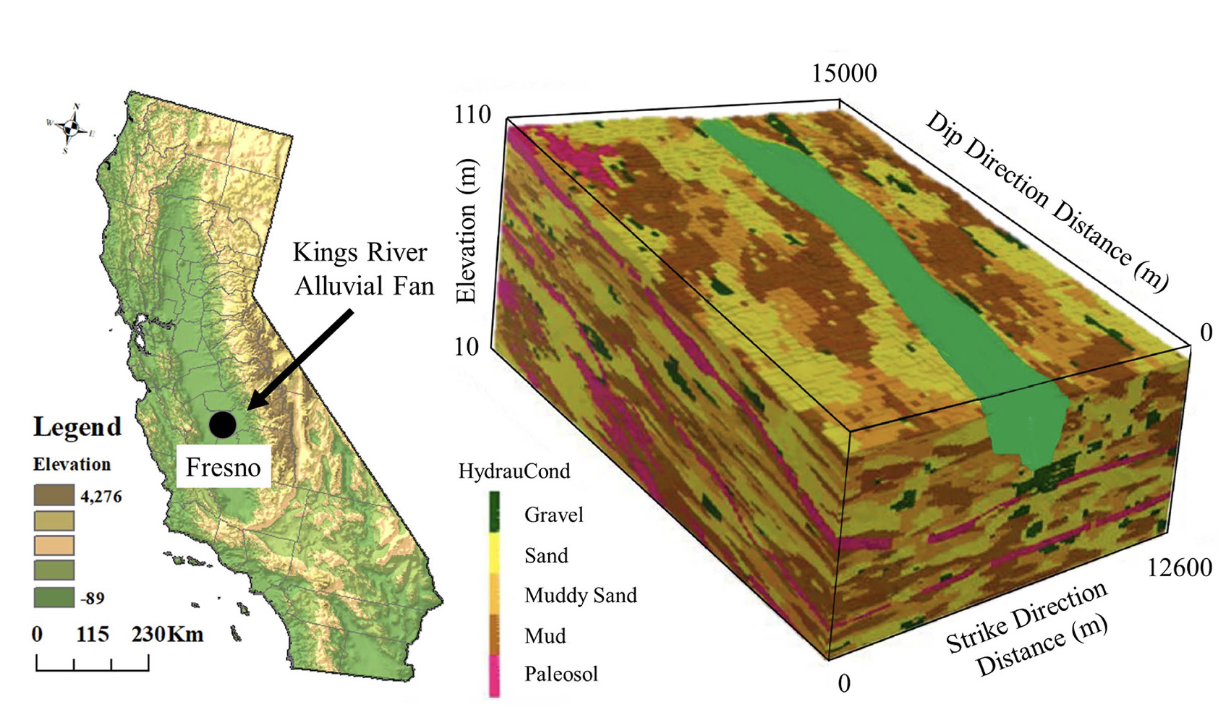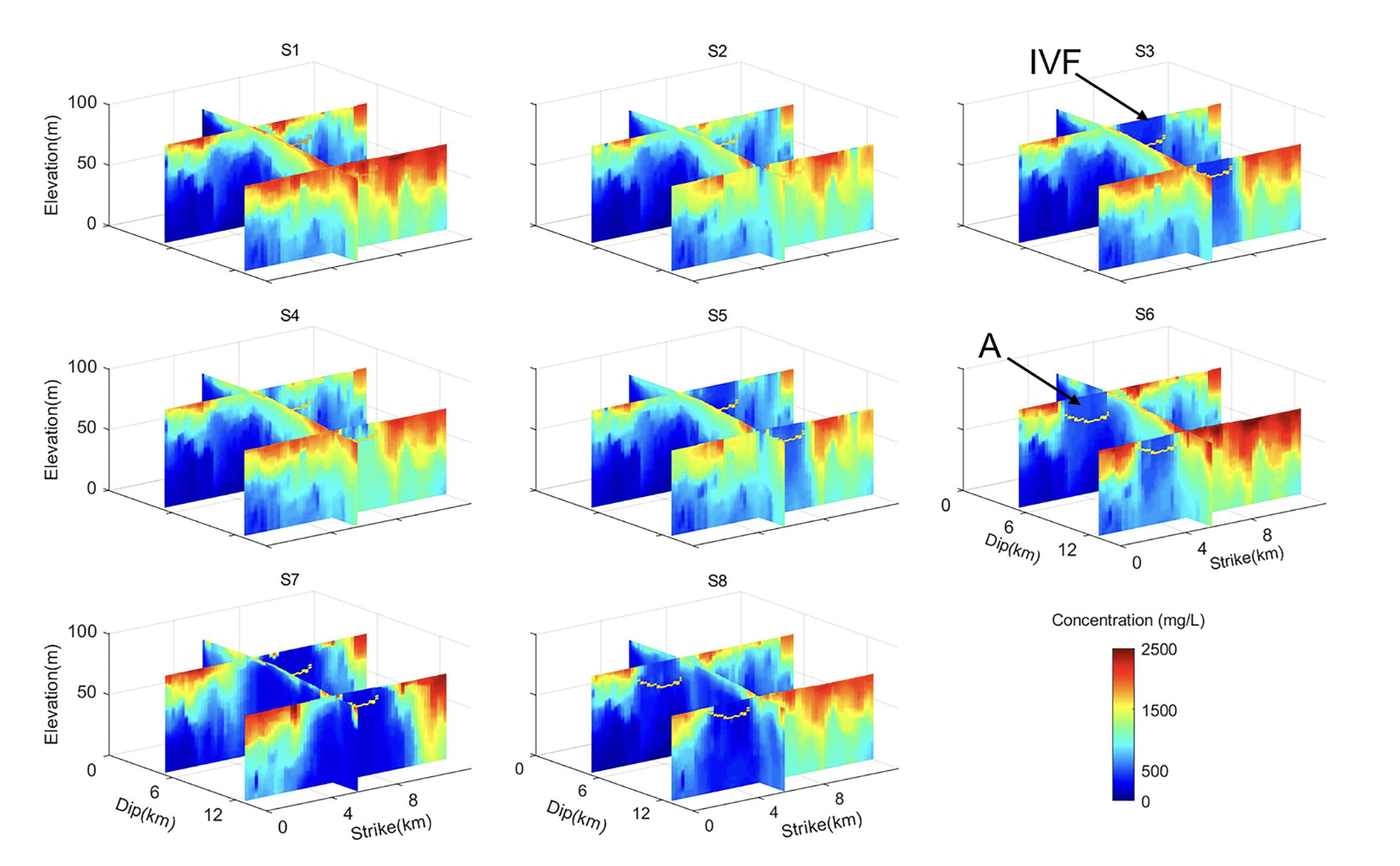This website uses cookies so that we can provide you with the best user experience possible. Cookie information is stored in your browser and performs functions such as recognising you when you return to our website and helping our team to understand which sections of the website you find most interesting and useful.
| Title of Project/Resource | Sustainability of Regional Groundwater Quality in Response to Managed Aquifer Recharge |
|---|---|
| Resource Author(s) |
|
| Link to Report/Website | doi.org |
| Document Upload | Water-Resources-Research-2022-Guo-Sustainability-of-Regional-Groundwater-Quality-in-Response-to-Managed-Aquifer.pdf |
| Full Description Text Body | Growing demands on water supply worldwide have resulted in aquifer overdraft in many Key conclusions for groundwater quantity and quality management: |
| Featured Image for Display |  |
| Featured Image Credit | Zhilin Guo |
| Resource Host Organization, Partner Organizations (Optional) |
|
| Topic Area(s) |
|
 | |
Copyright 2022-Present, Flood-MAR and Contributing Authors.

